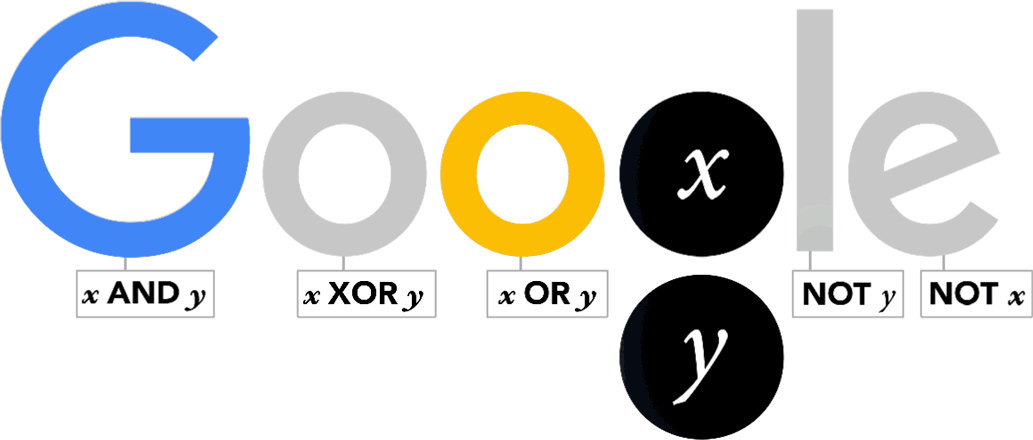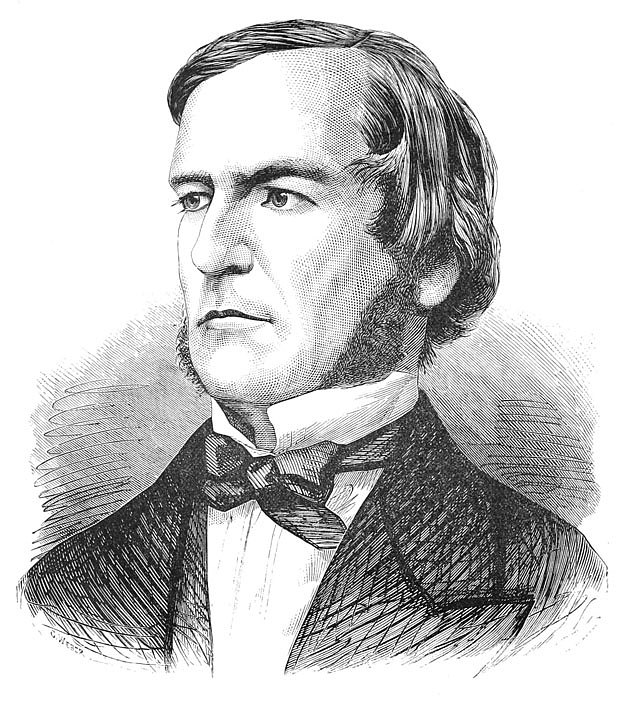If today’s doodle prompted you to Google search ‘George Boole’, the search algorithm has an AND function that makes relevant searches featuring both the input values ‘George’ and ‘Boole’ and throws the results. This AND function is one of the many ‘gates’ identified in Boolean Algebra, a brain-child of George Boole.

George Boole, in every sense, was a self-made man. Born in Lincolnshire, London, in 1815, he completed primary school education, but did not have further academic teaching. He self-learned the modern languages. Despite these odds, Boole rose on to become a renowned mathematician, logician and philosopher, and his invention in Boolean Algebra forms the basis of modern computer science. At 19, he started his own school and it was in 1864 when he died of pneumonia, which he acquired while walking two miles in rain and delivering a lecture in his wet clothes.
Google’s animated doodle show the various ‘logic gates’ used in computing that are derived from Boolean functions. The respective alphabets (G, o, o, g, l, e) in the logo glow up according to the logic gates below them. Boolean logic preceded the digital era, and it was first employed by American Claude Shannon to develop the first electrical circuits in 1930s, which later translated to modern computers.

As per GeorgeBoole.com, a University College Cork website dedicated to the genius, his ideas surround us everywhere – from computer storage/retrieval to electronic circuits and controls our life is so dependant on in the 21st century. The website appreciates how he invented a new branch of mathematics by classifying and codifying thoughts and interpreting the same in algebraic language. A significant portion of his work was in the fields of differential equations, probability and algebraic logic.
If today’s doodle prompted you to Google search ‘George Boole’, the search algorithm has an AND function that makes relevant searches featuring both the input values ‘George’ and ‘Boole’ and throws the results. This AND function is one of the many ‘gates’ identified in Boolean Algebra, a brain-child of George Boole.
George Boole, in every sense, was a self-made man. Born in Lincolnshire, London, in 1815, he completed primary school education, but did not have further academic teaching. He self-learned the modern languages. Despite these odds, Boole rose on to become a renowned mathematician, logician and philosopher, and his invention in Boolean Algebra forms the basis of modern computer science. At 19, he started his own school and it was in 1864 when he died of pneumonia, which he acquired while walking two miles in rain and delivering a lecture in his wet clothes.
Google’s animated doodle show the various ‘logic gates’ used in computing that are derived from Boolean functions. The respective alphabets (G, o, o, g, l, e) in the logo glow up according to the logic gates below them. Boolean logic preceded the digital era, and it was first employed by American Claude Shannon to develop the first electrical circuits in 1930s, which later translated to modern computers.
As per GeorgeBoole.com, a University College Cork website dedicated to the genius, his ideas surround us everywhere – from computer storage/retrieval to electronic circuits and controls our life is so dependant on in the 21st century. The website appreciates how he invented a new branch of mathematics by classifying and codifying thoughts and interpreting the same in algebraic language. A significant portion of his work was in the fields of differential equations, probability and algebraic logic.